Boxing, a sport rich in history and tradition, has captivated audiences for centuries with its display of strength, endurance, and technical skill. Its evolution from ancient martial contests to a globally recognized sport underscores not only the resilience of its athletes but also the cultural significance it holds across diverse societies. This article embarks on a journey through the intriguing history of boxing, examining how it has transformed over time, and uncovering the factors that contribute to its enduring appeal among fans and fighters alike.
Ancient Beginnings Of Boxing
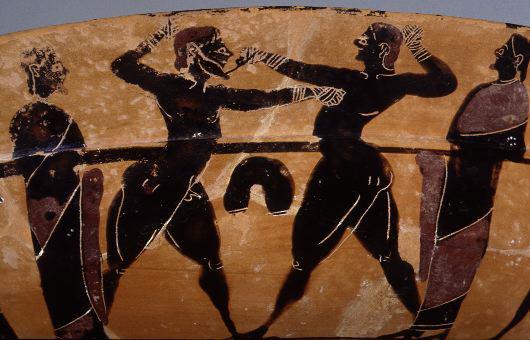
The history of boxing sport dates back to ancient civilizations, with evidence of fist-fighting contests appearing in artifacts from as early as 3000 BC in Egypt. The sport was formalized in ancient Greece, where it became a crucial part of the Olympic games as early as 688 BC. Boxers wrapped their hands in a soft leather thong for protection, a precursor to today's boxing gloves..
Boxing In The Roman Era
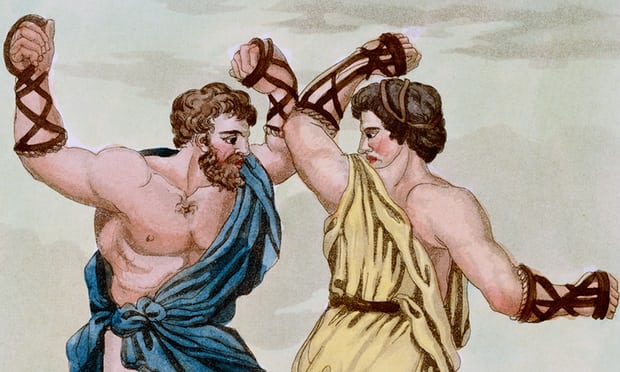
During the Roman era, boxing became a more brutal contest with fighters often using cestus, leather strips filled with metal to make their strikes more lethal. These matches were often fought to the death, reflecting the era's appetite for blood sports. Although the decline of the Roman Empire saw a temporary hiatus in organized boxing, the sport never disappeared entirely..
Renaissance Of Boxing In The 17th Century

The burgeoning interest in competitive pugilism in 17th-century England laid the groundwork for the evolution of boxing into a more regulated and organized sport. This period saw the establishment of informal fighting clubs, where enthusiasts gathered to hone their skills and compete against one another. As the sport gained popularity, the need for standardization became apparent, leading to the creation of the 'Broughton Rules' in 1743. These rules marked a crucial turning point in boxing history, being the first to emphasize the importance of fighter safety and fairness. They introduced concepts such as defining a round by a knockdown and providing a break between rounds for fighters to recover. The Broughton Rules also prohibited certain dangerous practices, setting a precedent for subsequent regulations in boxing. This shift towards a more structured approach in the sport not only increased its legitimacy but also paved the way for boxing to develop into the modern, globally-recognized discipline it is today..
Introduction Of Modern Boxing Rules

The late 19th century ushered in the Queensberry Rules, named after the Marquess of Queensberry, creating a framework for boxing that mirrors today’s standards. These rules introduced weight divisions, three-minute rounds, and gloves, steering the sport away from bare-knuckle brawling to a more disciplined and structured competition..
The Golden Age Of Boxing
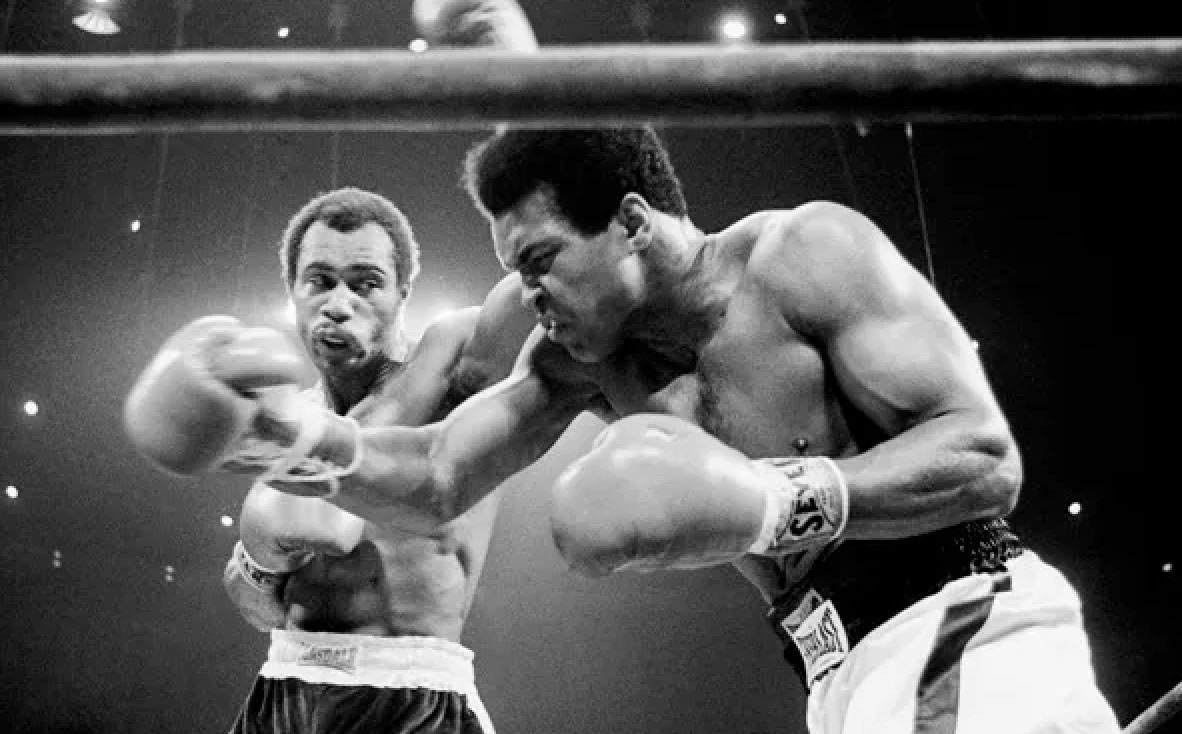
The early to mid-20th century marked the golden age of boxing, with legendary fighters like Jack Dempsey, Joe Louis, and later Muhammad Ali and Sugar Ray Leonard inspiring generations. This era was characterized by classic bouts that drew massive crowds and captured global attention, solidifying boxing's place in popular culture..
Boxing's Evolution Into The Modern Era
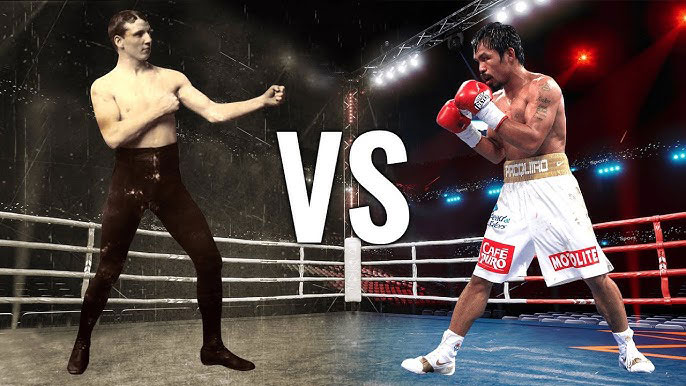
As television and later digital media proliferated in the late 20th century, boxing sport history took a new turn with events broadcast to millions worldwide. Stars like Mike Tyson and Oscar De La Hoya became household names, and organizations like the WBC and WBA helped legitimize and regulate the professional aspect of the sport..
Influence Of Boxing On Global Culture

Beyond the ring, boxing has deeply influenced global culture, with its personalities making for compelling stories in literature and film. The 'Rocky' series and documentaries like 'When We Were Kings' highlight the impact of boxing narratives on society, emphasizing themes of resilience, triumph, and redemption..
Women In Boxing: Breaking Boundaries
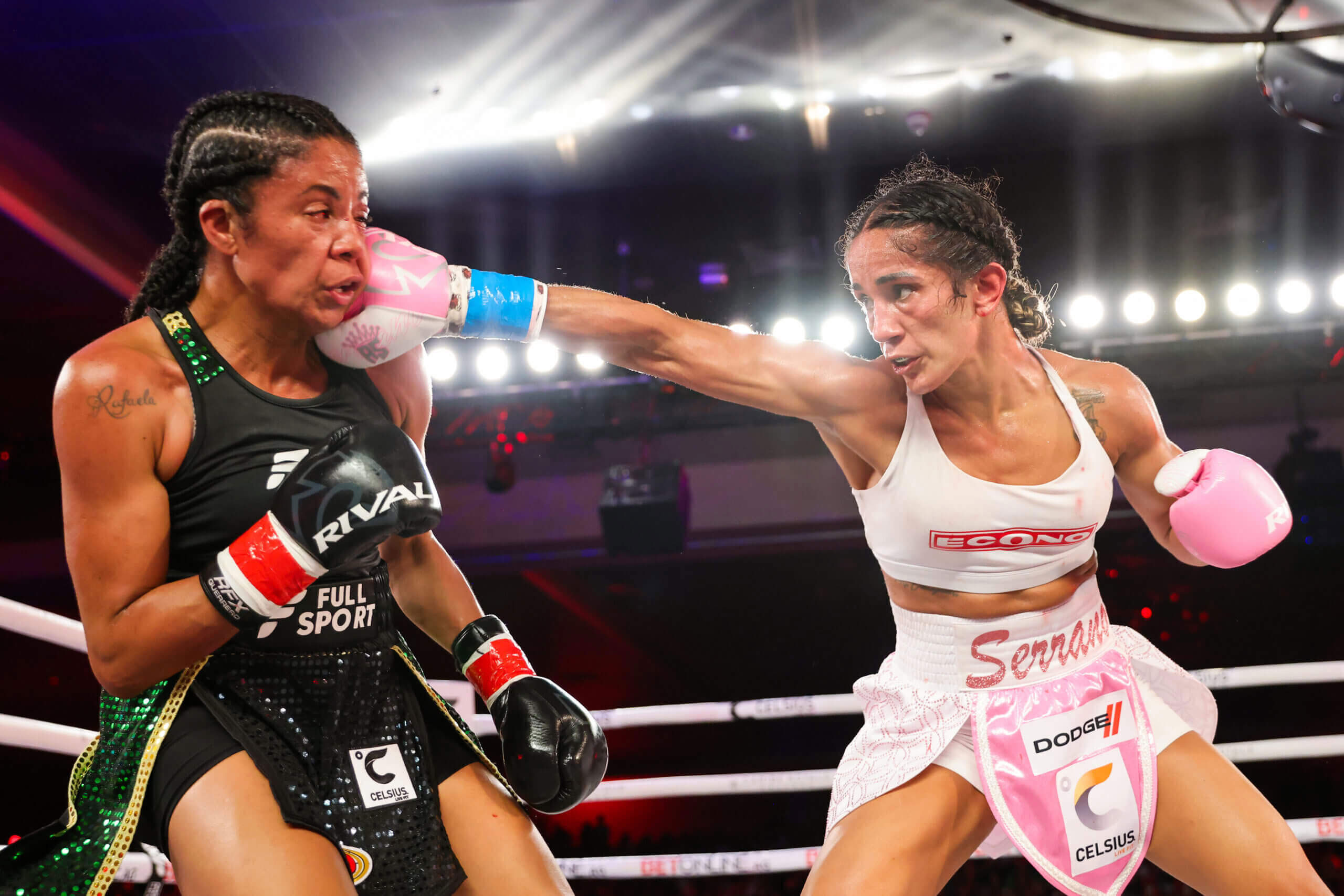
Women’s boxing, though historically overshadowed, has gained momentum since the late 20th century. Icons like Laila Ali and Claressa Shields have broken barriers, fighting not just for titles but for recognition and equality in a traditionally male-dominated sport, marking an essential chapter in boxing sport history..
The history of boxing is a testament to the sport’s adaptability and enduring appeal across different cultures and eras. From ancient bare-knuckle bouts to the highly-regulated spectacles watched by millions worldwide, boxing continues to captivate and inspire, celebrating human strength and resilience.


